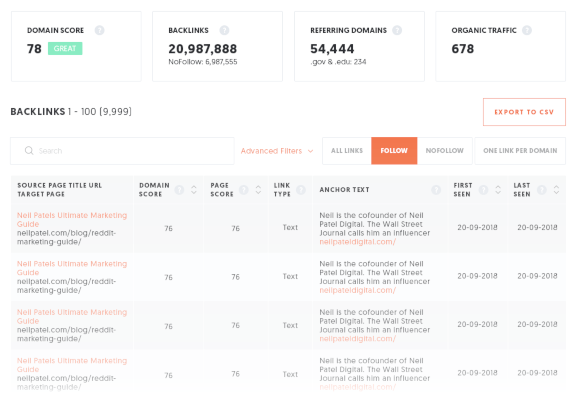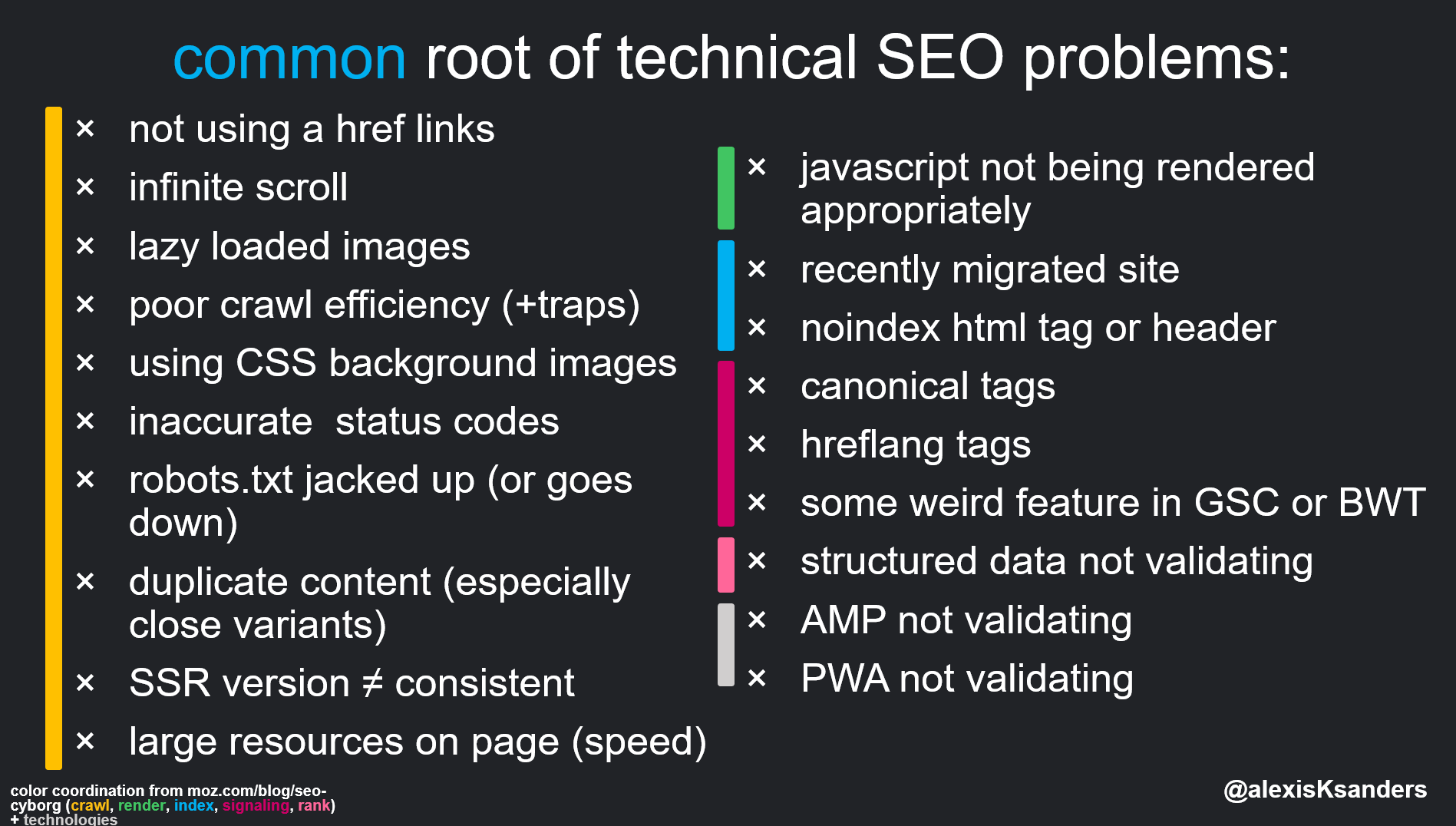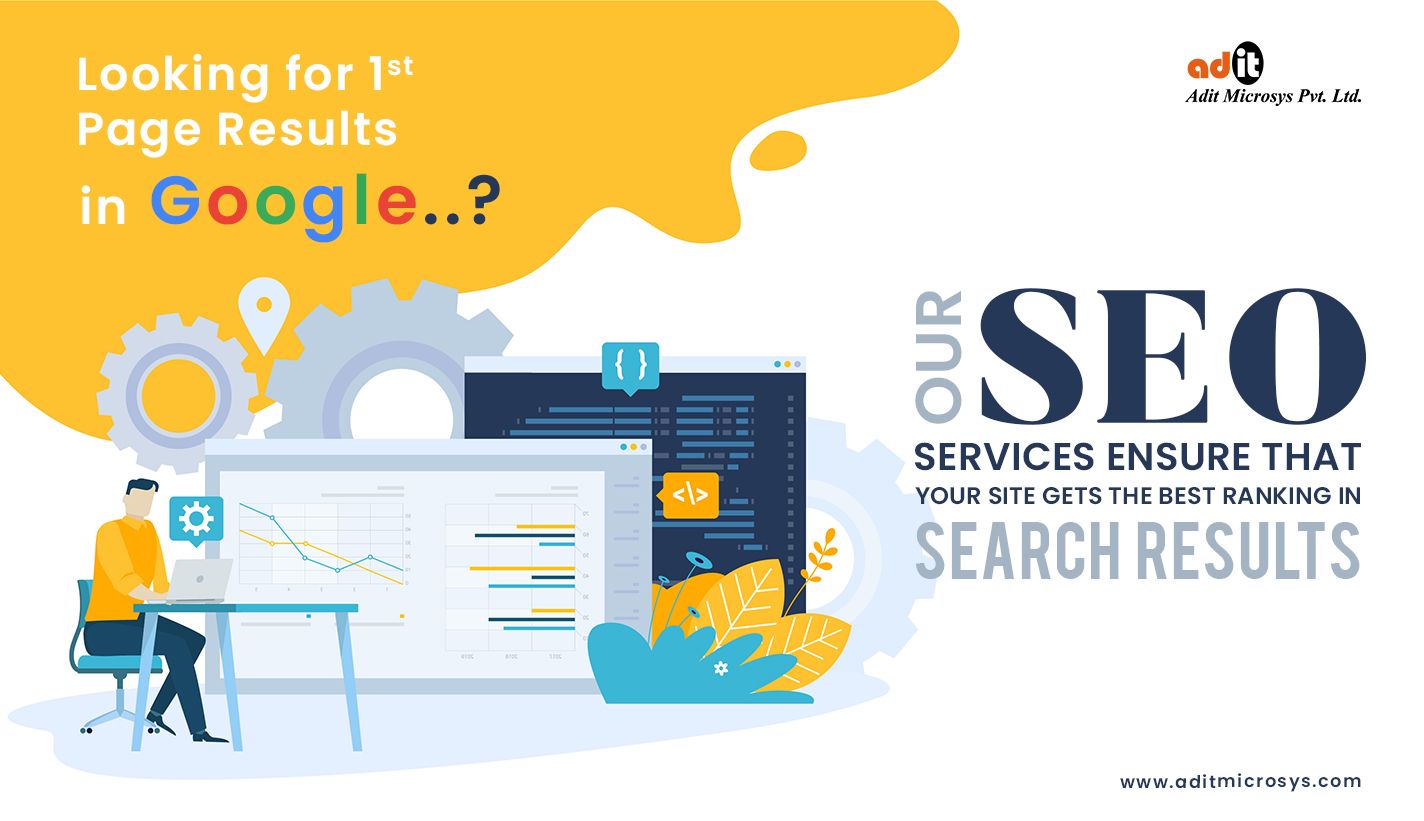
Optimizing the title of your blog is not enough to get a high ranking in Google. Google will crawl your site to search for keywords. A basic SEO strategy is essential to make your content easier to index and show. Headings are another area you should focus on when optimizing your blog for SEO. These allow search engines and readers to navigate your content. Use headings to highlight keywords and phrases at the beginning, middle and end of each section.
Meta description
A meta description is an essential part of any SEO blog. Use an organic tone to write it. You can answer users' queries with your meta description, and show off your high-quality material. It's a bad idea to make a website look spammy. Remember the golden rule of writing for people, not robots, and you'll receive more clicks as a result. Here are some tips that will help you write compelling meta descriptions:
Keep it interesting. Include your main keyword (or other key phrase) in your meta description. Google does NOT count your meta-description when indexing your webpage, but it does help to grab a user's interest. The most important thing is to keep your meta descriptions between 140 and 160 characters. A call to actions should also be included, such that a link to the website is included. A good meta description also has an appealing call to action.
Meta description is a great way to promote your company. It is a great tool to grab a user's interest and persuade him to click on the link. High-quality meta descriptions can boost your website's traffic and sales. To encourage users to act, the meta description should end with a call-to-action. Your meta description could be deemed useless if it is too long or contains outdated data.
Meta descriptions can not only be readable, but they can also improve your click-through rate. If used properly, the meta description will increase your organic traffic and help you rank higher in search engines. The meta description plays a moderate role in Google's search engine results. Your meta description may not be optimized well enough to rank your page on page four, instead of page 1. Even if your click-through rates are low, it's still worth writing a meta description.
Keywords in the title
Focused keywords must be used in the title of SEO blog posts to get the best results. Keywords in the title help you establish the direction of your content and how likely it is to reach your target audience. Search engines summarise web pages based upon the keywords found in the content. These crawlers have improved their technology to better judge the quality of material on the Web. To improve your article's search ranking, it is important to include relevant keywords in the title.
Crossfit training or crossfit gyms are good keywords to use if you own one. One keyword should be used per article. Search engines may find too many keywords in one article spammy. This can make your content less valuable. Your articles will rank higher for long-tail keywords than they do for short-tail keywords. These phrases can help you rank higher for a keyword in Google.
The title of your SEO website should not exceed 70 characters. Title tags should contain the keyword focus as close as possible to the beginning. Your chosen keyword should also convey the benefits your post offers. Keyword stuffing is a bad practice. Google warns against keyword-stuffed titles. It is important to include a strong focus keyword in the title. Your audience should also be able to understand your content.
Your keywords should be included in your title. But that's only half of the battle. Your article's title should have a good length, not more than 60 characters or 575 pixels. Make sure the title is true to its promise and easy to read. It's all about planning, and remember that SEO is a business, so your title should be as effective as possible.
Internal links

There are many options to improve your website's search engine optimization (SEO). Use internal links to direct users on your website to different pages. These links may lead to different products pages or content. This not only improves your user experience, but it also increases your search performance. Keep in mind that internal links are different from backlinks. Readers will not find them on their terms. But using internal links in the right places is one way to achieve this.
Adding relevant internal links in your blog is an SEO-friendly way to attract and retain readers. Many sites use different styles for their links. It is therefore important to select the appropriate words and anchor text when creating a link strategy. Internal links are a great way to grab your readers' attention and keep them on your website longer. You want to get the best out of your internal links. Make sure they point back at relevant content and offer a helpful solution.
If possible, your internal links should point back to the main target word. Google is unlikely to penalize you if you use exact-match anchor words. However, make sure that the anchor text matches what you are linking to. However, it should not be keyword-stuffed. Your anchor text should not be altered to increase your rankings. This tactic is against Google’s webmaster guidelines. This tactic is far more effective than you might imagine.
Another way to optimize internal links is to create content on topics related to your core service. A Columbus landscaping firm generates 390 monthly searches, far less than what is required to find the phrase "best smartphones". Your SEO efforts can be improved by strategically including links to internal pages in your blog posts. This is done by anticipating the questions users may have as they visit your site.
Schema markingup
To improve search engine rankings, schema markup can be used in blog posts. To create schema markup, visit Google Structured Data Markup Helper. This tool allows you enter the URL of your website and select a category. The HTML code can then be copied. This tool will open a new window and generate a tag manipulator. To tag individual elements, click the button.
There are three types of schema markup: NewsArticle, TechArticle, and Microdata. Each type can have a different set of flags, depending on the content of the post. NewsArticle is a category for articles that relate to current events. TechArticle may have flags that indicate the technical content of the article. A HowTo article might have flags that indicate author's technical level and the program used.
Google has created an easier to use interface to create schema. It allows you to tag data and see how similar content appears in search results. Schema markup is a good way to increase brand awareness. However, schema is best for small businesses with a local presence. You can also promote your business or events using schema. Schema markup is a great way to improve your SEO blog posts. Check out these links if you're not sure what to do.
Schema optimization can help you optimize your content. The markup allows search engines to understand the various elements of a website. If you're blogging about food, for example, you can use schema markup to identify ingredients, instruction steps, nutritional values, and ketogenic diets. Schema can also be used for review blogs. In general, the more relevant content you have to a user’s query, the higher your search engine rankings.
Image copyrights

You should always check the permission of the original owner before you use any image in your SEO blog. Many PR agencies won't share images on their websites. This could mean that you will not be allowed to use the image. Contact them to learn who owns the image. Many times, the owner will grant permission to you to use the image. Here are some tips that will help you comply with the law.
Google images should not ever be used. Before you post an image to your blog, it is a good idea to contact the owner. Google allows you to search for images, but you have to obtain permission to use them. If you are having trouble finding the image that you require, you can go to the page where it is located and request permission. This will help you ensure that you don't violate a copyright. The difference between a successful SEO website and one that is blocked by search engines can be made with image copyrights.
Check the copyrights on any image you wish to use in your blog. Although it may seem tempting to use images from Google Images, it is illegal. By stealing images without proper permission, you're discrediting the work of the image creator and exposing yourself to legal repercussions. If you have permission from their owner, fair-use images and public domain photos are allowed. If you still have any doubts, consult an intellectual property attorney.
Images used on SEO blogs need to have the same author/attribution. Creative or humorous photos are more likely to be used for SEO purposes, but you should always check the image's licence terms. There are some images that you can use for free, but others have restrictions. If you're unsure of the author, don't use them. You may be violating the copyright if they are not royalty-free. A lawsuit could be filed against you, which can lead to significant financial losses.
FAQ
What is an SEO strategy?
SEO strategies will help you to maximize your potential for growth. If you don't rank higher in search results, it doesn't make sense to have great content that no one ever finds.
SEO strategies can help you develop relationships with experts in your industry and influencers. With their knowledge and connections, you can learn new tricks and techniques to get ahead of your competitors.
How Long does it take for PPC Advertising results to show up?
Paid search result pages take longer than organic search because they don't have a natural flow. Searchers expect to see relevant results at the top when they are searching for something. Paid search results need to work harder to convince people to pay money to advertise on your site.
Is My Website Located Where?
Your website should appear near the top of all search results. It must appear at the top or near every search result. But, there may be hundreds upon pages in some searches. How can you stand out against these competitors with your website?
Statistics
- These guides are designed and coded 100% from scratch using WordPress. (backlinko.com)
- Sean isn't alone… Blogger James Pearson recently axed hundreds of blog posts from his site… and his organic traffic increased by 30%: (backlinko.com)
- Which led to a 70.43% boost in search engine traffic compared to the old version of the post: (backlinko.com)
- Deleting those 10k pages is one of the main reasons that he improved his site's organic traffic by nearly 90%: (backlinko.com)
- If two people in 10 clicks go to your site as a result, that is a 20% CTR. (semrush.com)
External Links
How To
How to create a keyword strategy
Keyword research is an integral part of any SEO campaign. It helps you identify what people are looking for in search engines like Google or Bing. These keywords can also be used to help you create content. Using this information allows you to focus on creating high-quality content relevant to specific topics.
Keywords should be included in the text of every page. It is not a good idea to put keywords at the end of pages, or in awkward spots. Instead, you should use words that are relevant to the topic at hand and place them in a way that makes sense. You might write, "dog grooming" in place of "dogs", "groom", and "grooming" when you're writing about dogs. This makes the content easier to read and easier for users.
It is better not to use keywords too much. You should not overuse keywords. Instead, spend your time creating quality content that is related to them. If you spend too much time producing low-quality content, it's possible that your visitors won't be interested enough. Backlinks should be kept to a minimum. But, backlinks can still be valuable to websites if they are used properly. Links can improve your website's authority and rank.
It's especially useful to link to other websites that cover similar topics. Linking to other product reviews on your blog will improve your chances of being found in search results.
This means you'll get more organic traffic from searches relating to your niche. Consider joining forums to help promote your site. Your site will be mentioned by other members of the community.